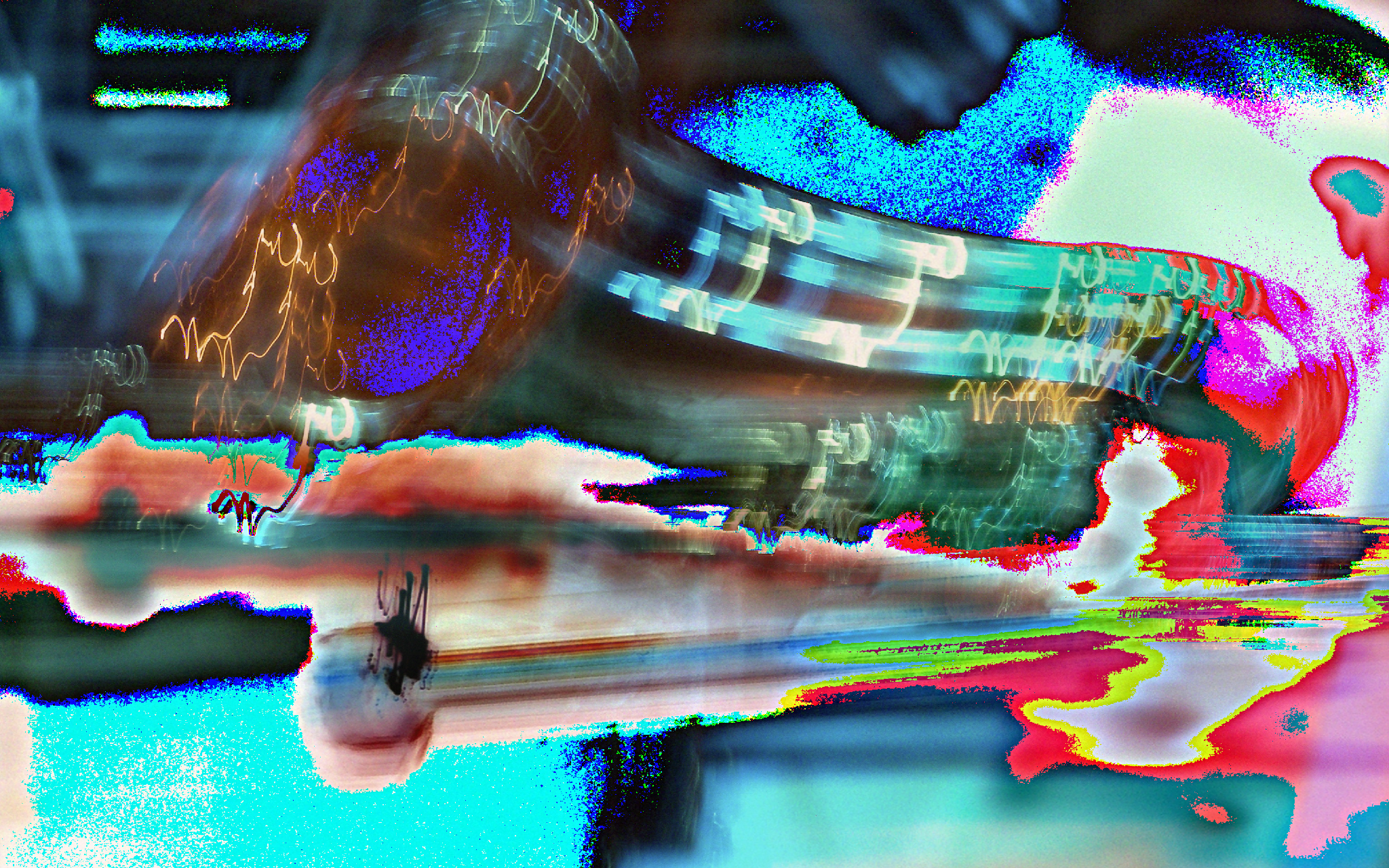Sound poetry and Polipoesia – Eduard Escoffet
- A brief historical and theoretical view of sound poetry, text/sound, polipoesia and sound experimentation with text
- The elements of sound poetry: voice, text and technology
- Annotated audition of several featured pieces of sound poetry and vocal experimentation (from the 1960s to the present day)
- Sound poetry as text architecture: repetitions, overlays and specialization of text
Introduction to the Acusmatic Composition – Medín Peirón
- Terminology: concrete music, electronic music, electroacoustic music, acoustic music, cinéma pour l’oreille, soundscape, field recording, hoerspiel, mixed music, live electronics, etc.
- Analysis. Reduced listening and sound object. Analysis layers: materials, processes, development, form, poetics.
- Stages in the acusmatic composition. The project: need and elaboration. Practical realization: abstract writing.
- Materials and writing (1): production of sound objects by microphonic capture, assembly, mixing or transformation.
- Materials and writing (2): production of sequences: séquence-jeu obtained by microphonic capture, assembly, mixing or transformation.
- Materials and writing (3): production of anecdotal or figurative sounds for microphonic capture, assembly, mixing or transformation.
- Materials and writing (4): production of synthetic sounds through analog, digital and virtual physical synthesizers.
- Development: principle of contrast. The use of silence.
- Broadcast paradigms in concert. Stereophony and the acusmatic interpreter at the Acusmonium. Multiphony.
Inline Radio – Anna Ramos
Online radio takes one of the (old) media to a new territory full of possibilities. Applied to the world of the arts, it has meant a resurgence of radio art, as well as the approach to the medium of next-generation sound artists. Podcasting, much easier to implement than traditional radio, has democratized access to radio storytelling, multiplying their voices and possibilities. Likewise, digital radio, in its natural environment on the Internet, not only transcends borders and is amplified through social networks, but also makes us think of an expanded radio, between the repository and the archive.
Topics
- RWM as a case study and approach to other current online radio references
- Platform types, the copyright problem, the basic technical requirements
- Streaming vs. podcasting
- Art on radio and radio art
- Problematization of the concept of radio and radio art online
- Towards an extended radio, between the repository and the file
- References and the current context
- Commented audition of a selection of examples.


